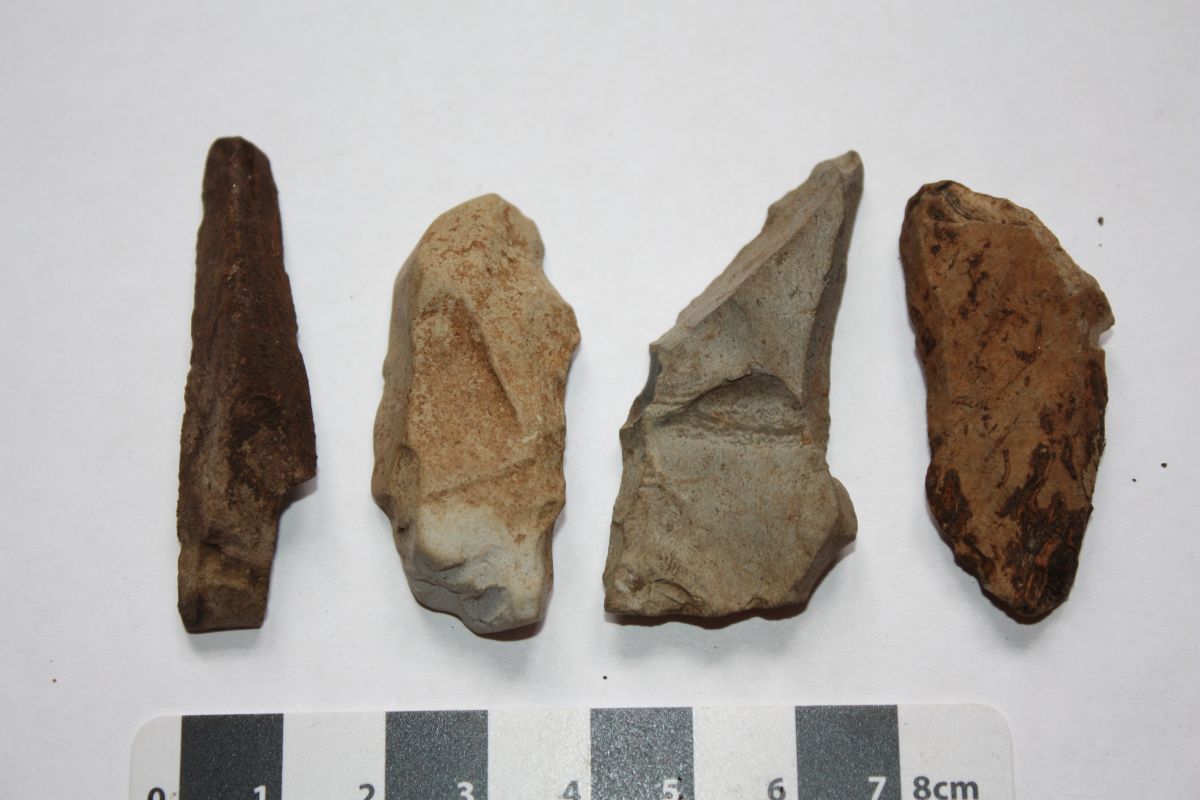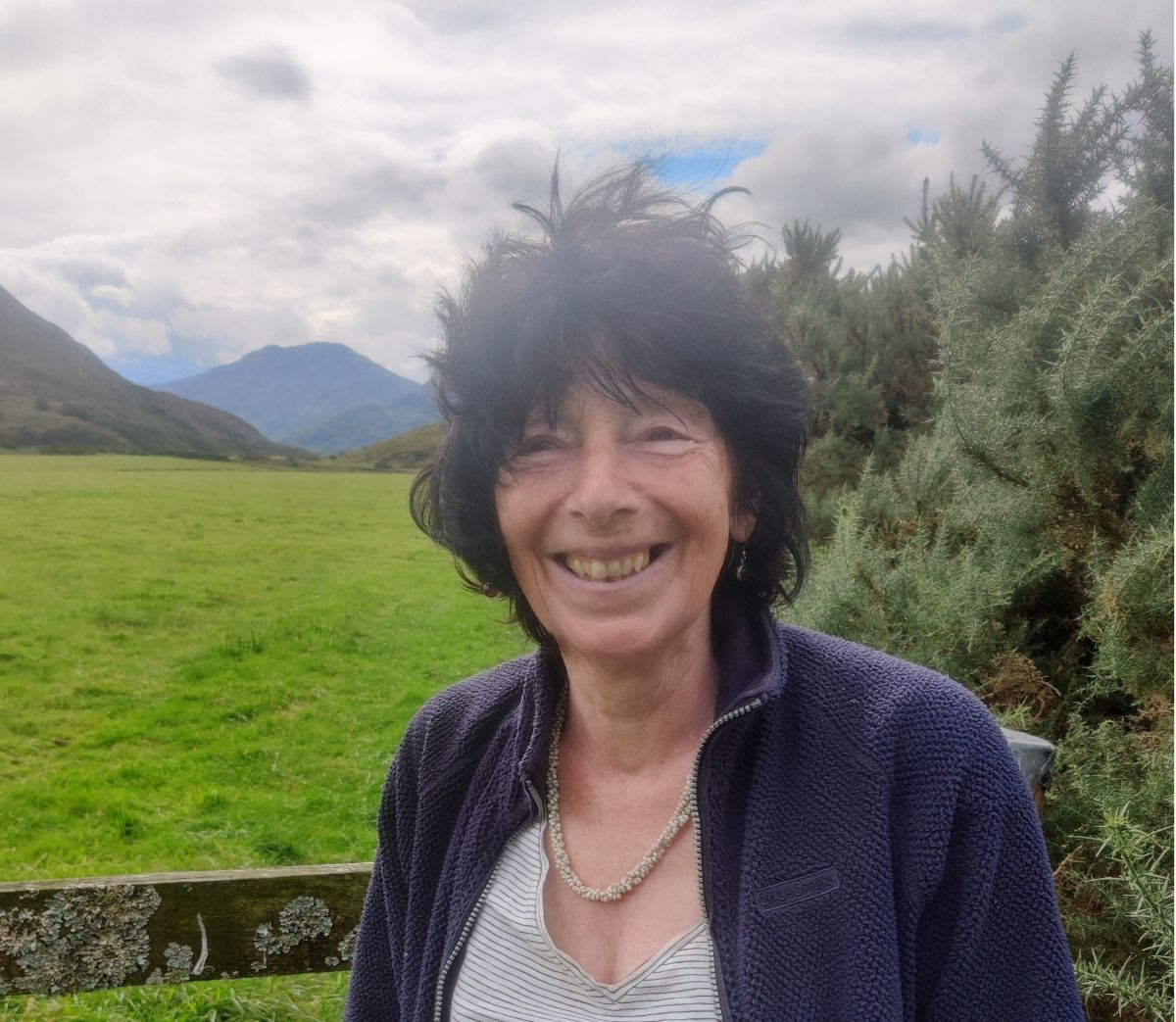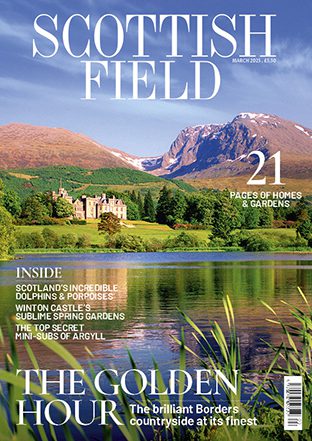
Evidence of earliest human populations to have lived in Scotland discovered on Isle of Skye
Evidence of one of the earliest human populations known to have lived in Scotland has been discovered on the Isle of Skye.
Stone tools found on the island are believed to be between 11,000 and 11,500 years old and date from a period known as the Late Upper Palaeolithic.
The find means the west coast now represents the largest concentration of evidence for human populations anywhere in Scotland, according to experts.
The discovery was made at an undisclosed location on Skye by Karen Hardy, Professor of Prehistoric Archaeology from the University of Glasgow, and local archaeologist Martin Wildgoose, who died last year.
During this period of time much of west Scotland was buried under ice. Groups of nomadic hunter-gatherers, most likely of the Ahrensburgian culture from northern Europe, crossed Doggerland, an area that is now covered by the North Sea, and established themselves on Skye.

Stone tools found on Skye. Credit Karen Hardy
Back then, the landscape of Scotland would have looked very different to today. Around 11,000 years ago, after the last of the Cuillin Mountain glaciers had melted, the sea level would still be lower than today, and it would have been possible to walk to Raasay.
‘This is a hugely significant discovery which offers a new perspective on the earliest human occupation yet known, of north-west Scotland,’ Prof Hardy said.
‘The journey made by these pioneering people who left their lowland territories in mainland Europe to travel northwards into the unknown, is the ultimate adventure story.
‘As they journeyed northwards, most likely following animal herds, they eventually reached Scotland, where the western landscape was dramatically changing as glaciers melted and the land rebounded as it recovered from the weight of the ice.

Professor Karen Hardy.
‘A good example of the volatility they would have encountered can be found in Glen Roy, where the world-famous Parallel Roads provide physical testament to the huge landscape changes and cataclysmic floods that they would have encountered, as they travelled across Scotland.’
Once they reached Skye, these early people crafted tools from stone found locally.
Professor Hardy believes the settlers deliberately chose to base themselves close to coastal and river resources, as well as natural materials like ochre that was highly valued by ancient cultures.
Read more News stories here.
Subscribe to read the latest issue of Scottish Field.
TAGS

